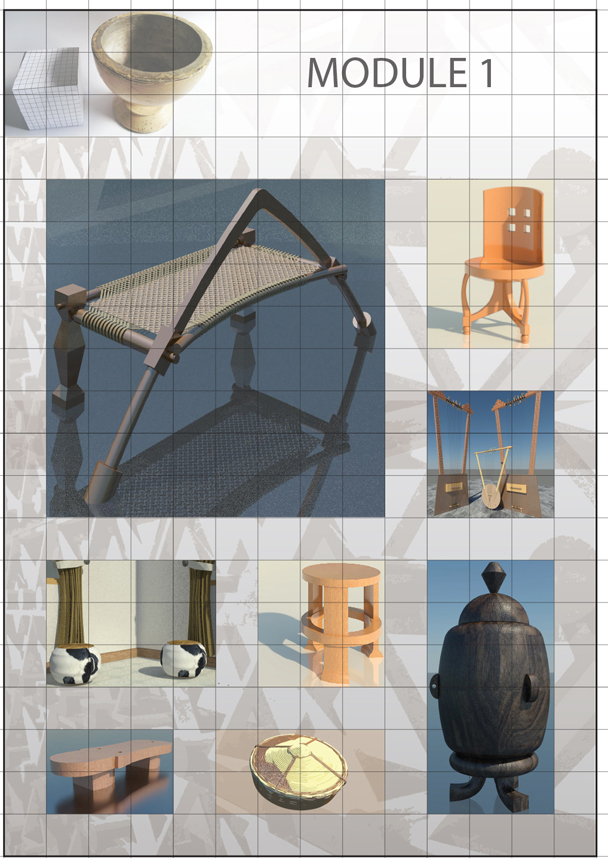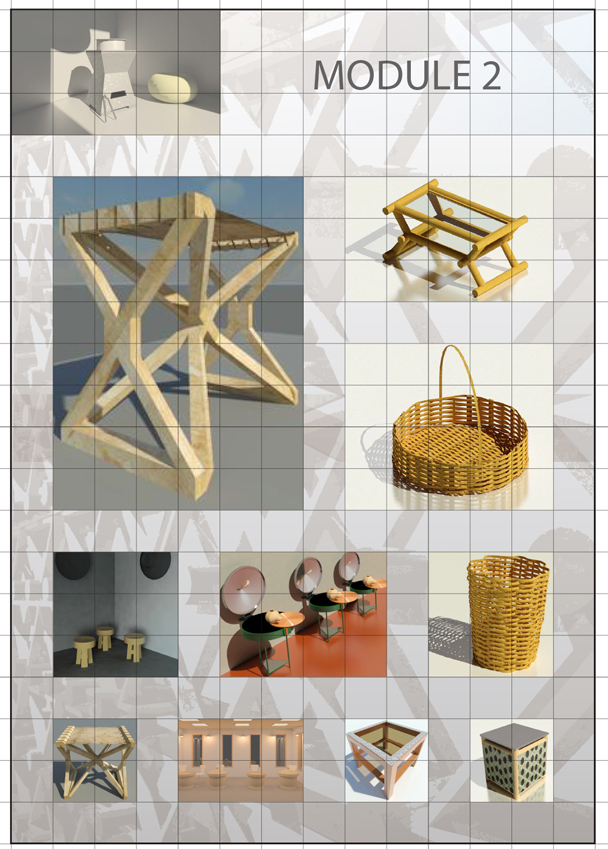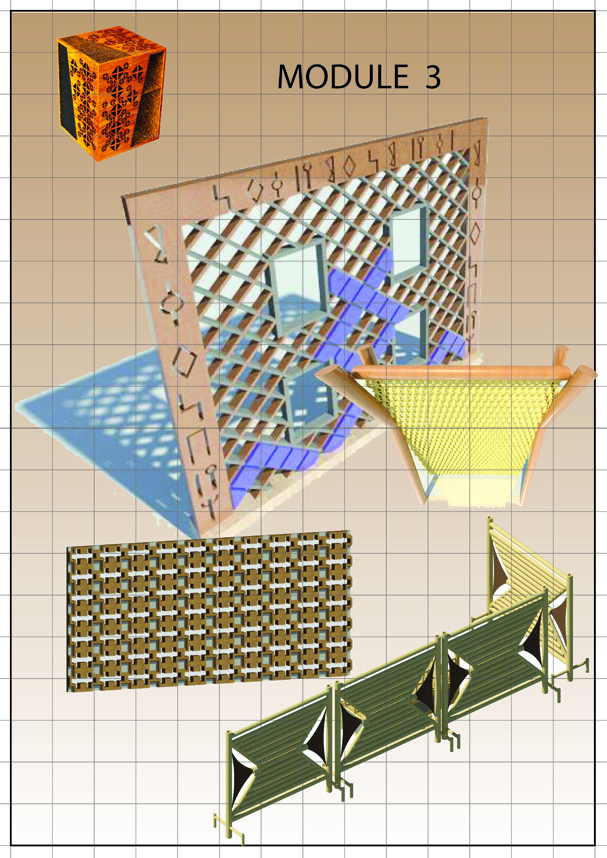Location Scouting
Sites were selected based on their traditional and neo-traditional cultural expression of Ethiopia’s identity.
Guidelines: the location must be mapped on Google earth for reference and are also forwarded for website development as the website shall indicate the data collection process.
Locations: are not predefined and may vary based on researcher’s findings
Church and Mosque
Markets (open & shops)
Souvenir Shops
Residence (with cultural and traditional relevance)
Museums
Workshops
Data Collection
Picture:
Must be captured with a white background for black and colored objects and black or gray back ground for white color objects
A cube of 10x10x10cm with centimeter markings on it must be placed beside the object for reference scale while taking picture of the objects.
Camera must be 8MP or higher for clarity
Resolution: 3264x2448
A minimum of 6 views of the object must be taken
Additional views may be taken if object is complex
Natural light is recommended for the capturing of object
Time must mentioned
Naming of the picture files shall follow the regulation of the research documentation.
Measurement:
Tape meters should be used for dimensioning
All data’s collected must use metric system (cm and mm)
Precautions must be taken to minimize inaccuracy; measurements should be taken in precision of two decimal points. Eg. 00.00cm
Reference points for measurements must be clearly stated
Descriptions (information about the objects):
Must be from a credible source
Sources shall be clearly stated
Stage of artifact (condition), material, texture, purpose, historic and general background shall be stated
Additional Software:
Additional software’s can be used to collect (here the personnel assigned to collect data can be creative too come up with new ideas to gain more information from site. This is in addition to the given strategy)
Difficulty:
Limitations during data collection shall be adequately stated in the report.
When:
The time, place, type lighting, method shall be clearly stated along with a brief description of the context.
See the following example:
 |
 |
 |
 |
Module 1
Here data collected from site concerning Ethiopian heritages from the past will be digitized and made parametric for further transformation during use for design. See the following examples:

Module 2
Here data collected from site concerning Ethiopian heritages from the present practice will be digitized and made parametric for further transformation during use for design. See the following examples:

Module 3
Here data from module 1 and module 2 or models of both modules will be evaluated and are used to come up with transformed versions of components and are made parametric for further use during design. See the following examples:

